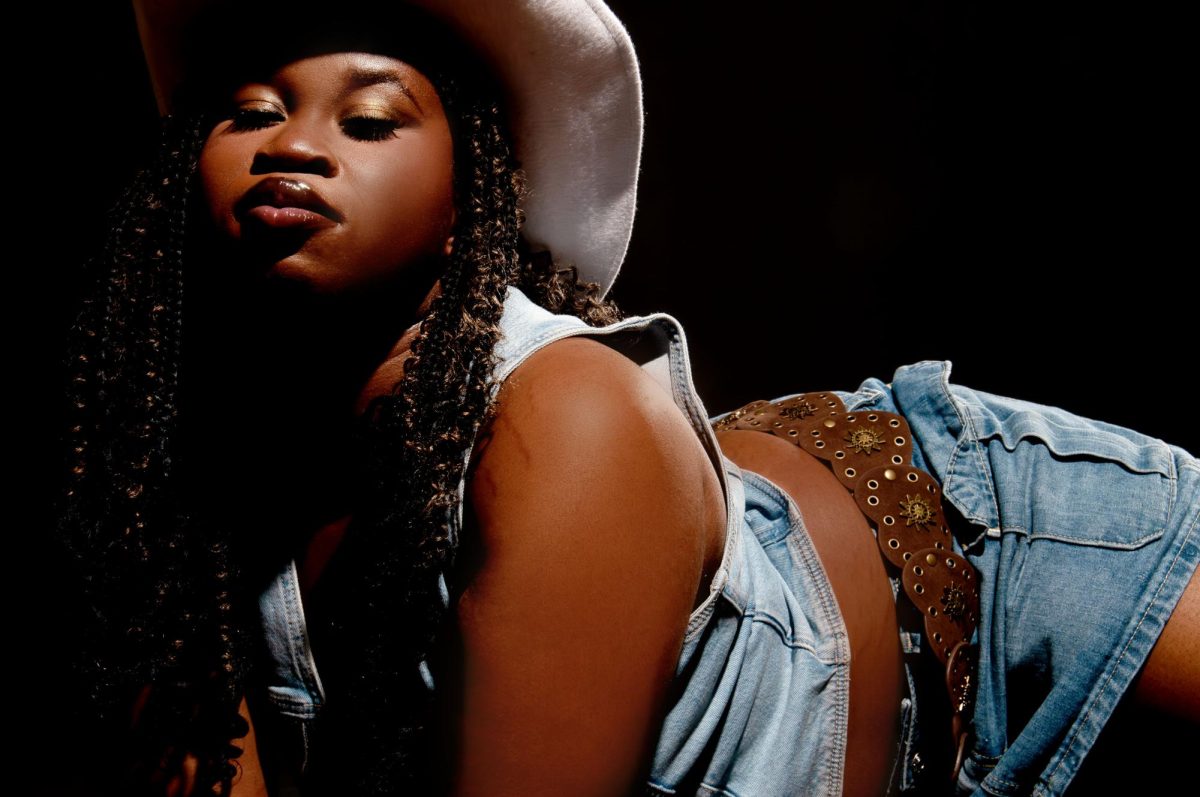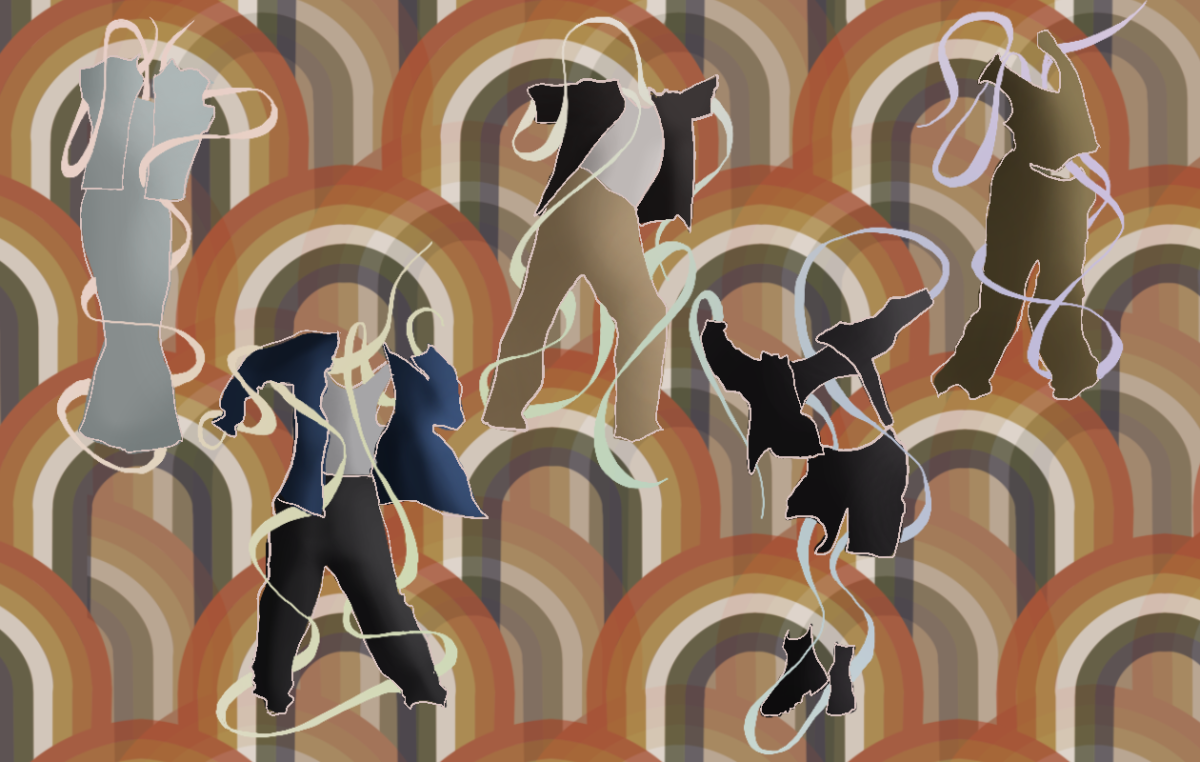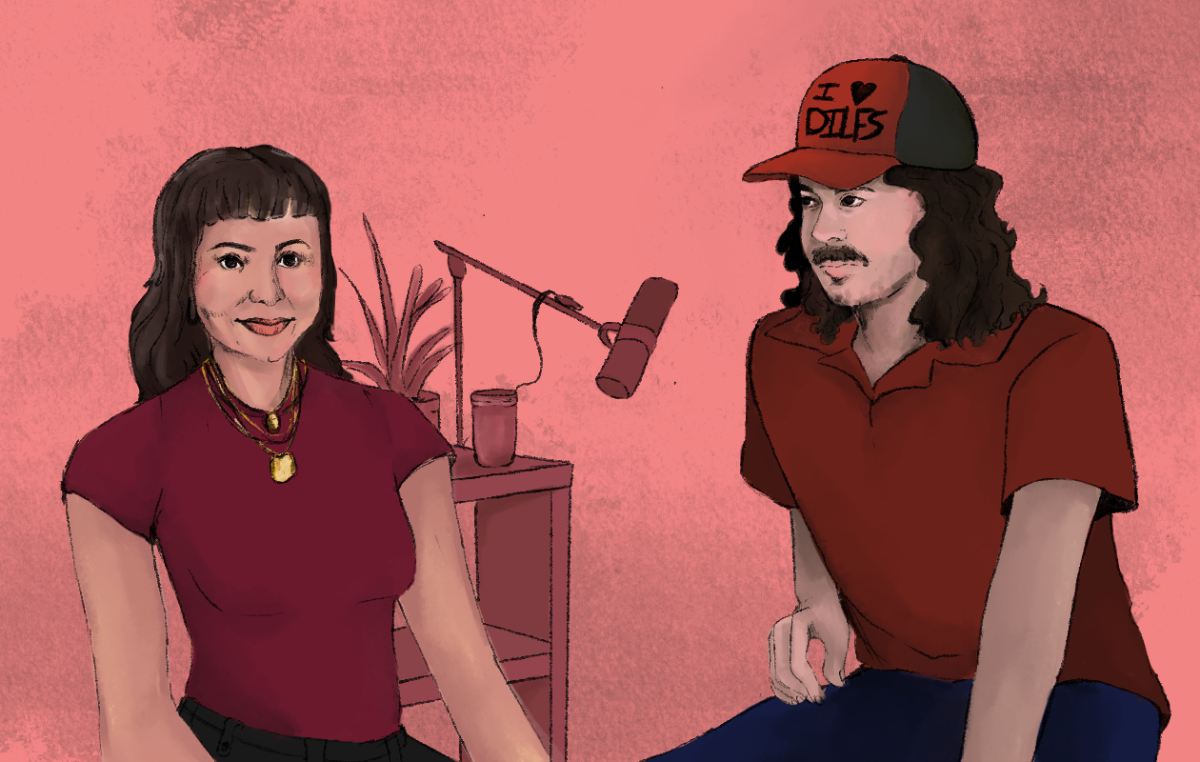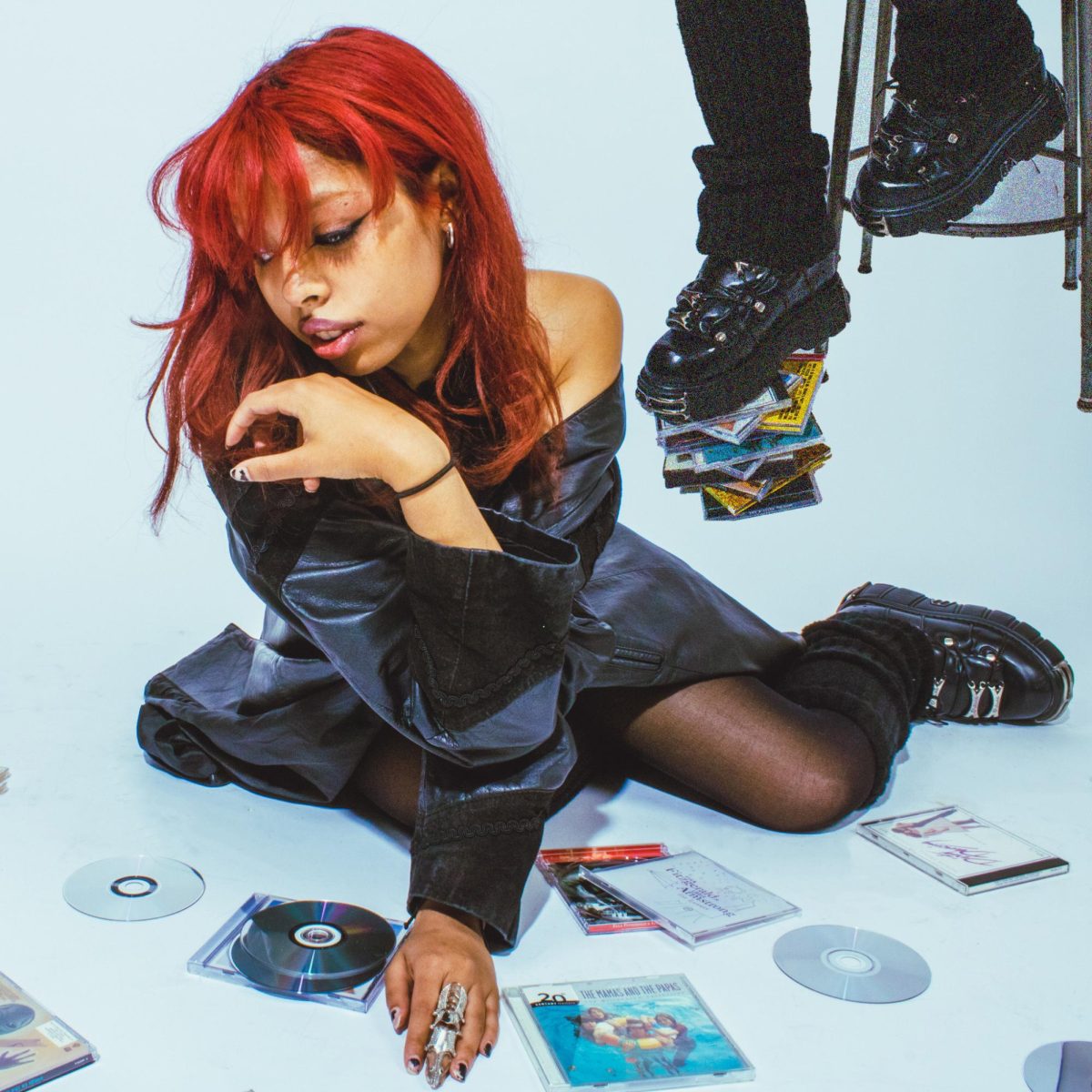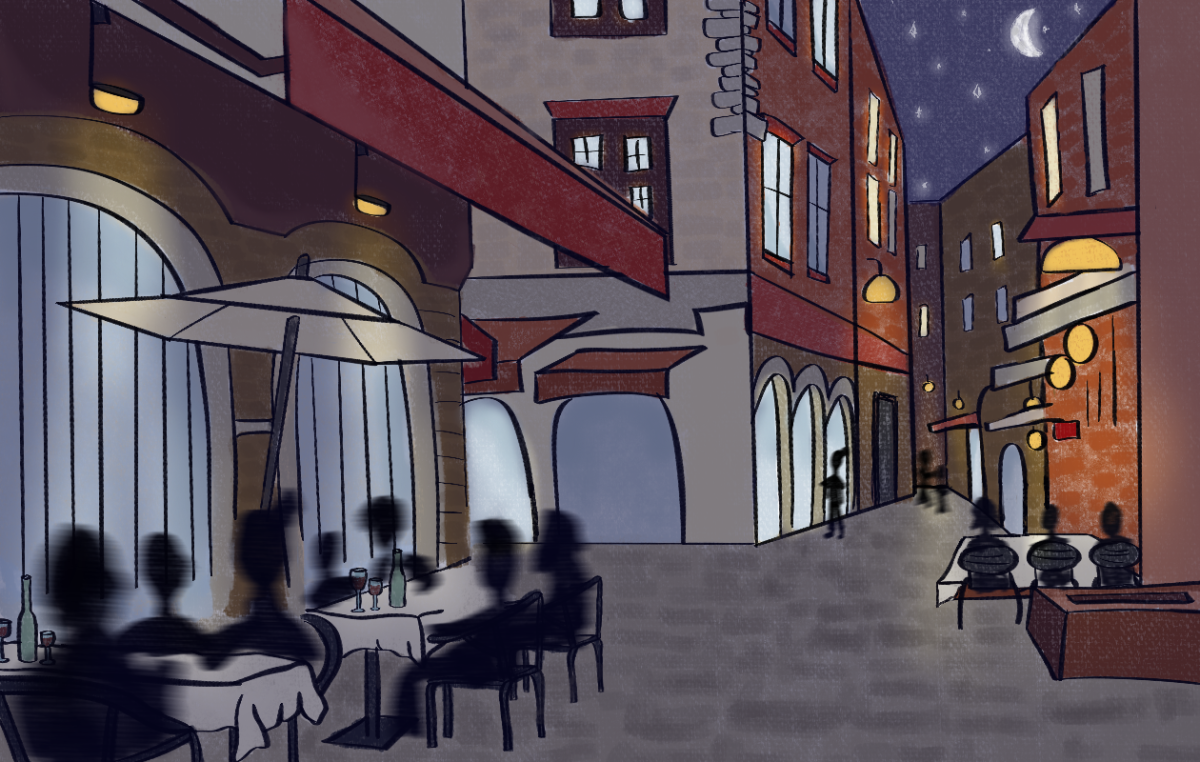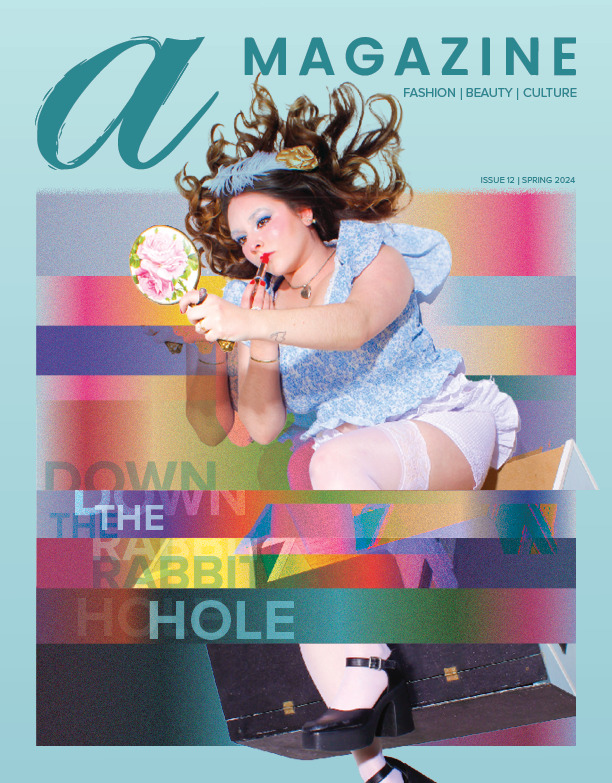Contemporary fashion is dominated by streetwear. The global rise of street fashion has created a new era of modern style for everyone, especially in menswear. We’ve seen a rise in athleisure, not just in the streets but in luxury collections as well. The stigma on streetwear is that it’s the latest Supreme drop or expensive shoes. In reality, men’s fashion goes a lot deeper than sneakers.

“Streetwear” is a term that was coined by the label, Vision Street Wear in the 1980s, but was later popularized in the 2000s. Several large streetwear brands are credited for inventing the style. One of which is Stüssy, a California based brand that started in 1980. Their original purpose was to design comfortable clothing for surfers and skaters as a means of rebellion. Streetwear quickly became in high demand for youths in urban areas. The streetwear movement started after hip-hop expanded out of the inner cities. This is why the style is largely associated with rap music.
“It’s really important to acknowledge that streetwear is a byproduct of wider subcultural movements like hip-hop and skateboarding, so what we now call streetwear has been evolving since the 1970s,” Matt Nation, owner of streetwear brand Provide, said “As all great fashions eventually make their way to the masses, it was bound to have its moment in the spotlight. I’m just surprised it’s taken this long.”
After almost four decades of residing among young urban subcultures, this style has finally surfaced to the mainstream. When Streetwear gained traction in the fashion world, moving out of big cities and into suburban America, it was looked down upon by fashion critics. Up until the early 2000s, top fashion houses didn’t represent the majority of consumers. Luxury brands designed for specific customers and were especially selective when marketing their products to only high-income consumers. However, the industry began to change as athleisure grew in popularity as everyday wear for a majority of consumers. Designs were becoming more casual and the old, formal styles were fading out of popularity. Some of these same luxury brands, who once stuck their noses up to the mainstream trends, are now embracing comfort. This concept is often referred to as the trickle-up effect. Meaning that styles seen in the streets are picked up by high-end designers.

Since the 2010s, streetwear has been influencing the collections of major fashion houses. Some luxury streetwear brands have risen to the top because of their unique designs and undeniable quality. Vetements is an obscure French brand that has its own show during fashion week. This brand is known for its trendsetting designs and androgynous streetwear inspired looks. Well-known luxury brands are even collaborating with streetwear labels, creating a sophisticated look by unifying couture with casual. For example, there is a cult following behind the rare pieces of the Louis Vuitton x Supreme collections. This international platform is helping the roots of streetwear to be brought to the surface.
Lovers of streetwear, also called “hypebeasts,” have a wide vocabulary of slang. They may commonly be heard using the word “clout.” The term is often used to describe the rare and high end pieces that hypebeasts chase after to display their wealth and prestige within the society. Clout can be elusive sneakers, limited edition products and luxury accessories. These items have become essentials for true hypebeasts, creating a quest for the superior streetwear collection.
In a Digiday interview, a former writer of Hypebeast magazine said, “There used to only be two ways to ‘get’ streetwear: live in a metropolis and see people wearing it, or via print publications that were often one or two months out of sync. The rise of streetwear media on the web and social media changed all that. So today, you don’t need the hustle — and you can get the cred with a few clicks.”

The hype-beast culture grew very quickly and has been dominating the market of men’s fashion for several years. Recent collections of designer fashion brands have come full circle by beginning to reclaim streetwear by incorporating classic styles. Nostalgia has crept its way into contemporary fashion, especially menswear. Websites like Depop and Grailed, which specifically focus on selling vintage and secondhand clothing, have become enormously popular, especially due to COVID-19. Unlike other secondhand buyers/seller sites, Grailed was created primarily for menswear. On their website, you can look through the different categories of styles some of which include, luxury, minimalist, avant-garde, and techwear.
In an article for UX Collective, writer Sean Kim said, “Grailed did a great job in many aspects at supporting a diverse group of users in their search of clothes. For good reason, this is why I rarely see complaints about the browsing experience.”
The broad variety of designers and styles is what keeps Grailed’s fanbase so huge. From the new Bape drop to vintage Raf Simons, you can find what you’re looking for on Grailed.

Model: Michael Swingle,
The idea of street fashion once worn in urban settings now making its mark in fashion week shows is a great example of the major cultural shifts we’ve experienced in the past few decades. Men’s fashion became heavily influenced by cool sneakers and hoodies with pop art logos. Now, classic styles are being reintroduced and the whole cycle has come full circle.
Support Student Media
Hi, I’m Maria McGinnis, a senior journalism student from Stow, Ohio. I’m also the editor in chief of A Magazine. My staff and I are committed to bringing you the most important and entertaining news from the realms of fashion, beauty, and culture. We are full-time students and hard-working journalists. While we get support from the student media fee and earned revenue such as advertising, both of those continue to decline. Your generous gift of any amount will help enhance our student experience as we grow into working professionals. Please go here to donate to A Magazine.




